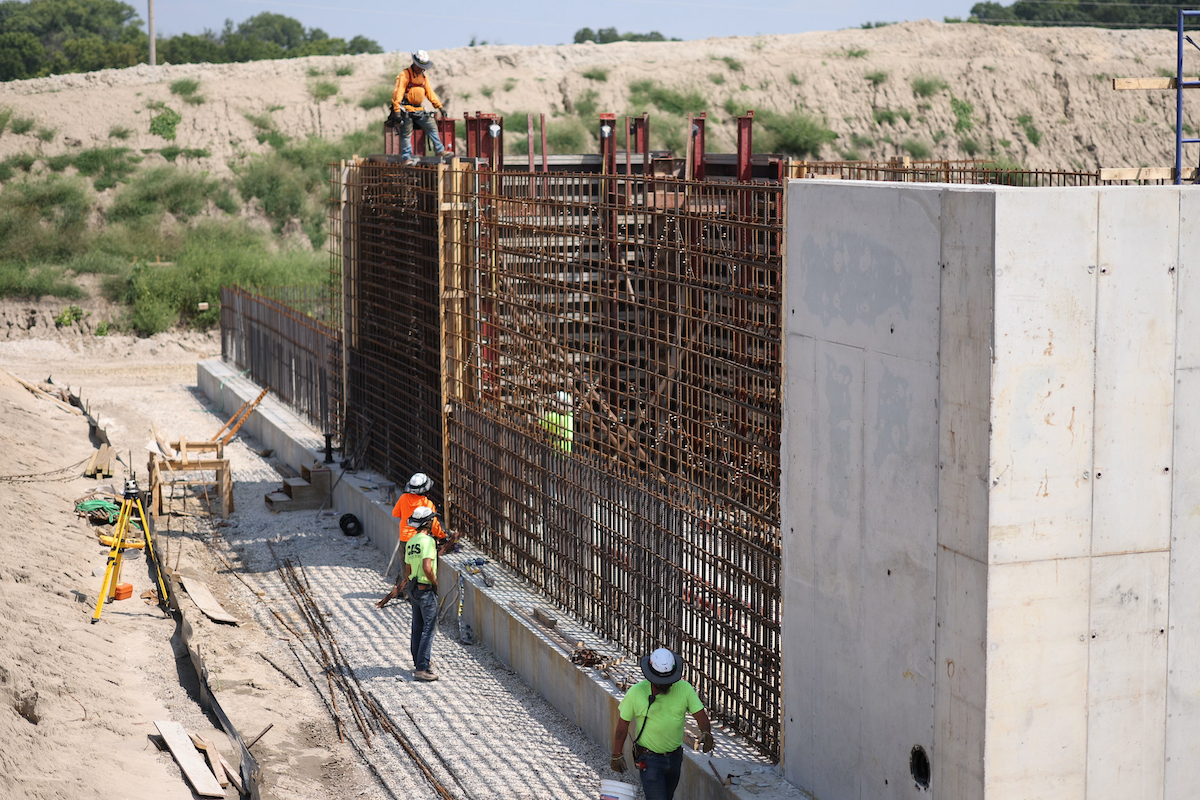The utility’s program will allow eligible subscribers to purchase blocks of the solar generation at a fixed rate as defined by Liberty’s tariff. Additionally, the first phase of the community solar program allows subscribers to apply early while offering future pricing benefits associated with additional community solar installations by Liberty Utilities in the coming years.
Burns & McDonnell will self-perform all mechanical and electrical installation for the project. Following completion of construction by the end of 2020, the new installation is slated to be fully operational and online in January 2021.
“Burns & McDonnell and our direct-hire construction arm, AZCO, have a long history of working with Liberty Utilities,” said Doug Riedel, Senior Vice President for Renewable Generation, Burns & McDonnell. “We are honored to be Liberty’s EPC contractor for the Prosperity Solar project and look forward to helping the utility develop and construct additional community solar and renewable projects in the future.”
Across the nation, community solar programs are offering utility customers a more convenient way to directly participate in solar generation assets being installed on the electric grid. The Prosperity Community Solar program is part of a larger effort by Liberty Utilities to add hundreds of megawatts of wind, solar, and battery storage programs throughout the next two decades.

| Your local Gehl Co dealer |
|---|
| Star Equipment LTD |
“Burns & McDonnell and AZCO are currently executing multiple renewable energy solar projects nationwide utilizing the local workforce on all of our construction sites,” said Allen King, Vice President of Project Development, AZCO. “The Liberty Solar Project is another great example of how our commitment to supporting the building trades and how local hires can complete a project in a rapid timeframe.”
Burns & McDonnell, with a team that has developed some of the largest solar generation projects in North America, uses an integrated solar design and construction team to optimize project delivery to meet specific project requirements — maximizing energy yield and capacity, while minimizing levelized cost of energy and capital expenditure.






































































